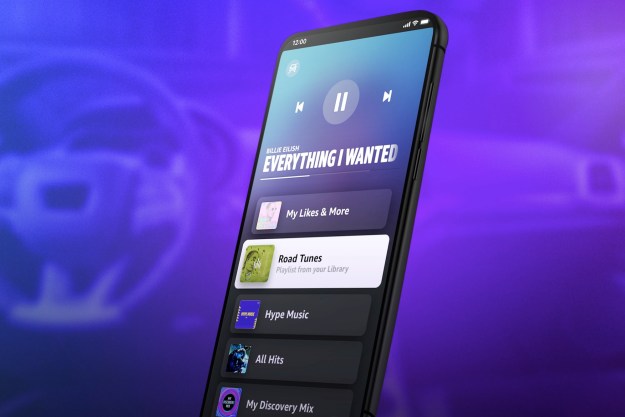Amazon will now donate all unsold and returned products to charities with a new initiative the company is calling Fulfillment by Amazon (FBA) Donations.
Third-party sellers on Amazon can use the FBA program to donate eligible products starting September, according to a blog post published on Wednesday, August 15. Amazon has partnered with Good360 in the U.S., and charities like Newlife, Salvation Army, and Barnardo’s in the United Kingdom.
“We know getting products into the hands of those who need them transforms lives and strengthens local communities,” Amazon in the Community director Alice Shobe said in the blog post. “We are delighted to extend this program to sellers who use our fulfillment services.”
CBS News reported in May that all unsold or returned Amazon products were discarded — literally dumped in the trash. According to the reports, Amazon warehouses in the U.K. and France frequently dumped products. One facility trashed 293,000 items to a dump over nine months.
Defected or returned products that ended up in landfills included children’s toys, kitchenware, and even flat-screen TVs.
The new move by Amazon to donate to charities would hopefully limit wasting products and goods to get them into the hands of people who could greatly benefit from them.
Good360, Amazon’s U.S. charity of choice, helps those who have been affected by natural disasters. The nonprofit is also partnered with retail giants such as Nike, Walmart, Gap, CVS Health, and more, and has helped distribute nearly $10 billion in needed goods.
“Our partnership with Amazon provides hope and helps transform the lives of those who are facing challenging life circumstances, including survivors of disasters. There’s never been a greater need for support, and the collaboration between Amazon and Good360 is helping to fill that gap,” Matt Connelly, CEO of Good360, told Digital Trends.
Amazon currently charges 50 cents to return unsold inventory to sellers and only 15 cents to dispose of these products, so it’s cheaper for sellers to trash items rather than to donate them. With the new initiative, donating will be the default option for sellers.
“At Amazon, the vast majority of returned products are resold to other customers or liquidators, returned to suppliers, or donated to charitable organizations, depending on their condition,” Amazon told CNBC.
Digital Trends also reached out to Amazon to see what kind of products would be eligible for donations and if/when the program would extend to other countries, but we haven’t yet received a response.
Editors' Recommendations
- Amazon’s new Your Books hub will nudge you to buy more books
- You’re about to pay more for Amazon Prime
- Is your Amazon Echo, Alexa, or Ring down today? You aren’t alone
- You can now buy an Amazon Echo Studio With Billie Eilish’s face on it
- Don’t buy the Apple Watch Series 3 anymore — it’s not worth it




